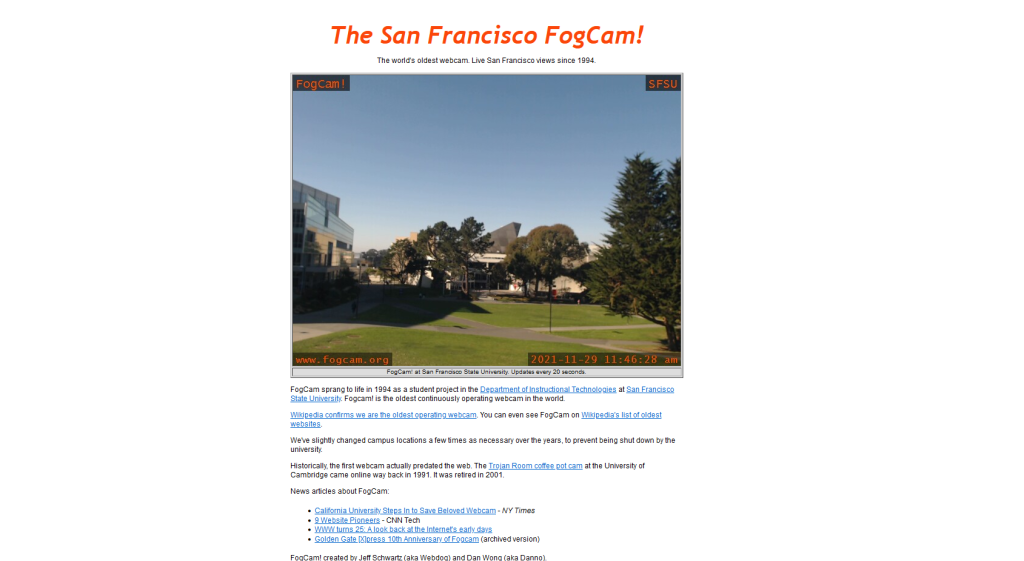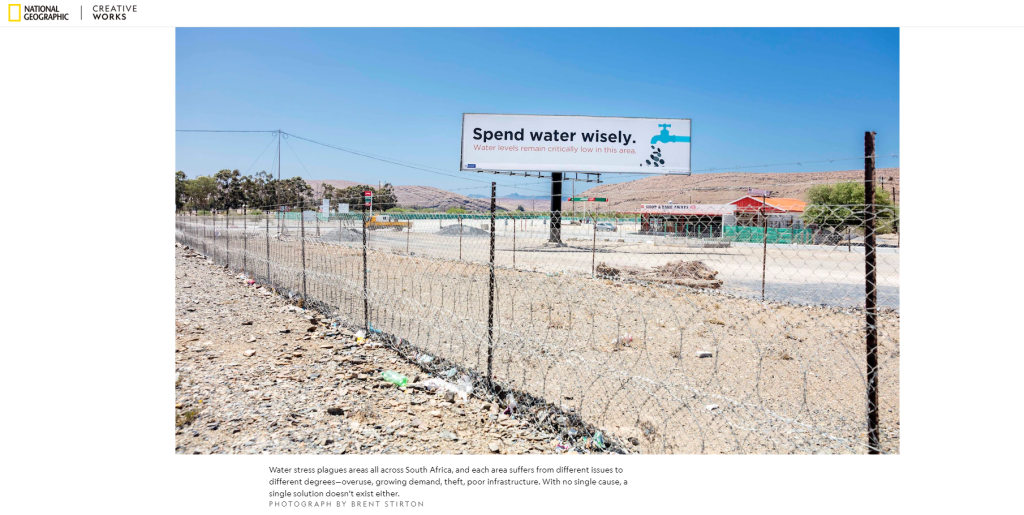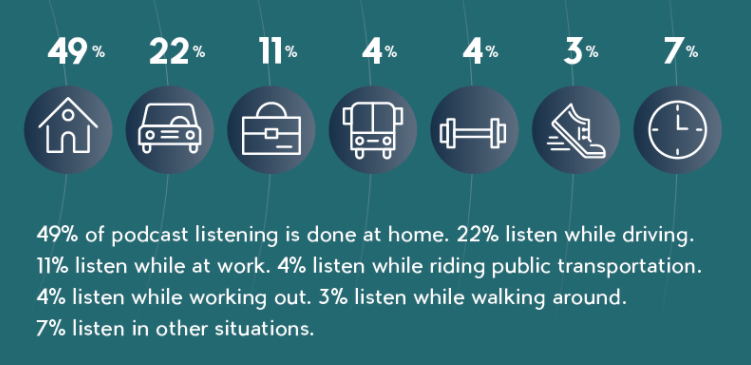Why You Should Be Using Multimedia Content
The global attention span is shrinking, from an average of 12 seconds in 2000 down to 8.25 seconds in 2015. This is not unique to one type of content but across a wide range of mediums including books, websites, social media, and more.
The underlying reason for this phenomenon: the vast amount of information available to the public, according to a team of European scientists.
So what does this mean for website owners, content creators, and marketers? We need to find ways to hold onto people’s attention. There are different approaches to tackling this issue, and it is often a mix and match of different methods.
Today we will talk about one of the most useful and crucial approaches—multimedia elements. How can you deliver messages using innovative and engaging methods, and how can your content stand out in this content-saturated world?
WHY USE MULTIMEDIA CONTENT?
Increases the time visitors spend on your website
Bloggers, journalists, and writers have been adapting to the shifting reading behavior. It doesn’t matter how well you write and how rich your textual content is. If your content is too long and lacks interesting elements, people will quickly get bored and spend less time on your website.
Boost website’s SEO
Multimedia content is visually appealing. Not only could it increase your visitor’s time spent on a page, but people can also share it on social media if they find it interesting and useful. Good multimedia content can drive engagement, increase link share, and boost conversion. The more you have, the better it is for your website and your business.
For branding purposes
People have been increasingly visual. Findings show that 91% of consumers now prefer visual and interactive content over traditional forms like textual articles. If you want to position your brand, there is no way for you to exclude any audio, image, or video elements.
Just imagine seeing a website filled with words, at most with minimal relevant images, and using the back-in-the-old-days website design. You’ll probably think, either the website owner is still somehow living in the 1990s, or he/she just doesn’t care much about improving, adapting, and surviving in the “new era”.
Example: https://www.fogcam.org/
TYPES OF MULTIMEDIA CONTENT
Image
These are easily shareable content to boost your content traffic. Images could also act as supplemental elements to your textual content, providing additional meaning and explanation to existing words. You can use different images in different situations:
Graphics when creating tutorials for visual explanation
Infographics used to present data and statistics
Using photos to add colors to a story
Video
Up to 96% of consumers said to have increased their video consumption in 2020. Researchers even estimated that people will be spending on average 100 minutes per day watching online videos by 2021.
Videos leave a much stronger impact and impression on viewers, I call this a three-dimensional impact. You have context, engaging visuals, and on top of that, interesting audio tracks to make content much more memorable. According to a Wyzowl 2021 study, 69% of consumers said to prefer watching short videos when wanting to learn about a product or service, and are twice as likely to share video content with others compared to other formats.
Podcast
Slightly different from the previously mentioned content types, a podcast is another alternative to engage with people, particularly those who are relatively “busy”. It is a medium that has existed for around 2 decades but continues to gain traction in recent years.
In the United States alone, podcast listeners are expected to reach 117.8 million in 2021, a 10.1% growth on a year-over-year basis. The number of U.S. monthly podcast listeners is expected to go over 144 million by the end of 2025. In fact, during Spotify’s 2021 Q3 earnings call, the company’s CEO Daniel Ek said that the platform is currently hosting 3.2 million podcasts, seeing a 1500% increase in the past 3 years.
Unlike text, images, and videos, people consuming this medium do not need to read or watch the content. It provides an opportunity for people to dive into the content without needing to set aside time to consume the piece of content. People can easily engage with podcasts anywhere and anytime they want.
Source: MusicOomph
HOW TO INCORPORATE MULTIMEDIA INTO YOUR CONTENT?
Not all content works across all mediums. Say if you’re talking about how successful a dinner event was, it is better to use video or photo. If you are talking about your business accomplishments (in numbers), an infographic will help to deliver the message.
Eye-catching visuals are likely to increase people’s willingness to continue reading a piece by 80%. But as the world gets busier, people might opt for ways to engage in new information while being able to multitask. Hence podcast, an alternative for offering content perfect for daily commutes or people with busy routines.
The trick here is to create interesting and engaging content, and mix and match different content types to constantly stimulate people’s curiosity.
Start creating content today to boost your website traffic, increase conversions, and improve your business. If you don’t have a website, feel free to check out this guide on how to build a website using a simple and easy-to-use website builder from Website.com. Alternatively, if you know how to code and am looking for a more flexible option to customize your website, you might want to try out content management systems like WordPress.





